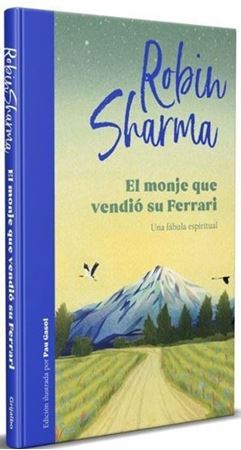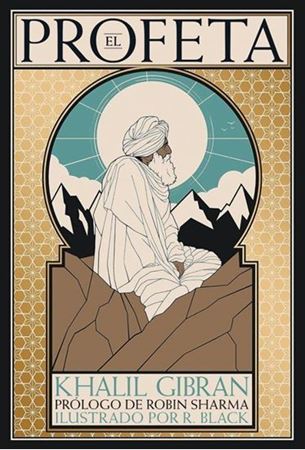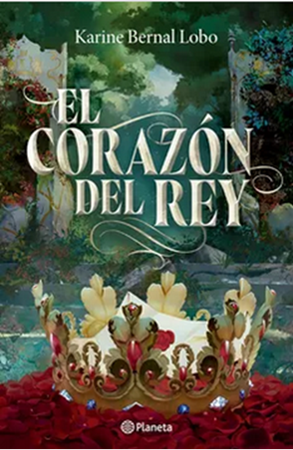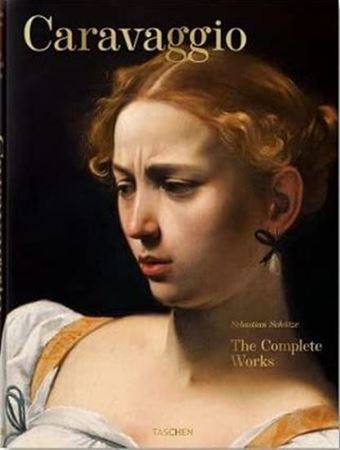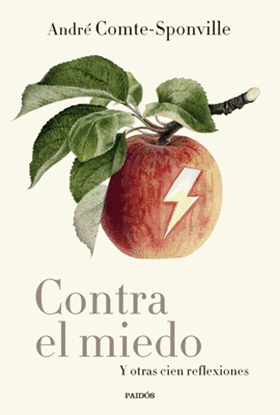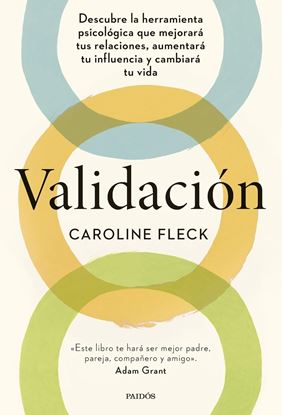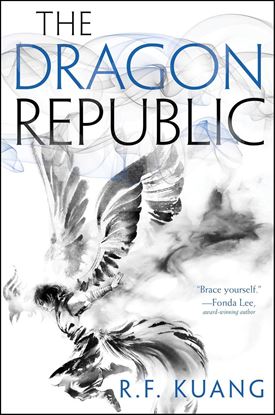

NOVEDADES
CONTRA EL MIEDO
André Comte-Sponville nos invita a comprender y afrontar el miedo con lucidez y serenidad. Contra el miedo es un paseo por la época que nos ha tocado vivir, basado en la reflexión filosófica, económica, política y moral de uno de los filósofos franceses de referencia.«En esta recopilación de artículos periodísticos inspirados en la actualidad, y filosóficos al menos en parte en los que me dirijo al público más amplio posible, confronto mis pensamientos con el mundo en este momento tan cambiante como inquietante. Y busco un poco de eternidad en la historia en ciernes. ¿Merece la pena A mí me ha parecido que sí. La actualidad, tantas veces decepcionante o aterradora, también es una incitación a pensar. Pensar nunca está de más y a veces tiene el poder de curar, tanto la decepción como el miedo. La realidad la tomas o la dejas. La filosofía ayuda a tomarla. Más vale pensar que lamentarse. Más vale actuar que temblar». A. C.-S.
1,995
1,496
VALIDACION
Nos esforzamos por conseguir que los demás nos escuchen, pero, pese a toda la energía que invertimos, a menudo no lo logramos. Pero, ¿y si la clave para influir en los demás consistiera en demostrar aceptación en lugar de tratar de convencer?
Esto es la validación: reconocer, comprender y empatizar con la experiencia de otra persona aceptándola como válida. Más que una herramienta, es un objetivo en sí mismo cuyo impacto en nuestras relaciones tiene el potencial no solo de reducir conflictos y mejorar la comunicación, sino también de fortalecer nuestra autocompasión y ayudarnos a cambiar y a cambiar nuestro entorno.
En este libro pionero, la psicóloga clínica Caroline Fleck nos desvela por qué la validación es uno de los secretos mejor guardados de la psicoterapia y nos guía, paso a paso, a través de las ocho habilidades necesarias para practicarla.
1,995
1,496
THE BURNING GOD (3) (HC)
Frodo and the Companions of the Ring have been beset by danger during their quest to prevent the Ruling Ring from falling into the hands of the Dark Lord by destroying it in the Cracks of Doom.
Now they continue their journey alone down the great River Anduin—alone, that is, save for the mysterious creeping figure that follows wherever they go.
This elegant hardcover—now available for the first time in the United States—is one of five Collector’s Editions of Tolkien’s most beloved works, and an essential piece of any Tolkien reader’s library.
1,995
1,496
THE DRAGON REPUBLIC (2) (HC)
The war is over.
The war has just begun.
Three times throughout its history, Nikan has fought for its survival in the bloody Poppy Wars. Though the third battle has just ended, shaman and warrior Rin cannot forget the atrocity she committed to save her people. Now she is on the run from her guilt, the opium addiction that holds her like a vice, and the murderous commands of the fiery Phoenix—the vengeful god who has blessed Rin with her fearsome power.
Though she does not want to live, she refuses to die until she avenges the traitorous Empress who betrayed Rin’s homeland to its enemies. Her only hope is to join forces with the powerful Dragon Warlord, who plots to conquer Nikan, unseat the Empress, and create a new republic.
But neither the Empress nor the Dragon Warlord are what they seem. The more Rin witnesses, the more she fears her love for Nikan will force her to use the Phoenix’s deadly power once more.
Because there is nothing Rin won’t sacrifice to save her country . . . and exact her vengeance.
1,995
1,496
WE ARE ALL GUILTY HERE
Until the night of the fireworks. When two teenage girls vanish, and the town ignites.
For Officer Emmy Clifton, it’s personal. She turned away when her best friend's daughter needed help—and now she must bring her home.
But as Emmy combs through the puzzle the girls left behind, she realizes she never really knew them. Nobody did.
Every teenage girl has secrets. But who would kill for them? And what else is the town hiding?
1,995
1,496
THE POPPY WAR (1) (HC)
When Rin aced the Keju—the Empire-wide test to find the most talented youth to learn at the Academies—it was a shock to everyone: to the test officials, who couldn’t believe a war orphan from Rooster Province could pass without cheating; to Rin’s guardians, who believed they’d finally be able to marry her off and further their criminal enterprise; and to Rin herself, who realized she was finally free of the servitude and despair that had made up her daily existence. That she got into Sinegard—the most elite military school in Nikan—was even more surprising.
But surprises aren’t always good.
Because being a dark-skinned peasant girl from the south is not an easy thing at Sinegard. Targeted from the outset by rival classmates for her color, poverty, and gender, Rin discovers she possesses a lethal, unearthly power—an aptitude for the nearly-mythical art of shamanism. Exploring the depths of her gift with the help of a seemingly insane teacher and psychoactive substances, Rin learns that gods long thought dead are very much alive—and that mastering control over those powers could mean more than just surviving school.
1,995
1,496
JUSTICE LEAGUE VS. GODZILLA VS. KONG
How do you destroy the Justice League? The question has been plaguing Lex Luthor and his Legion of Doom since the two titanic groups first came to blows. When confronted with the colossal entities of Skull Island, Lex believes he's found the answer to their eternal question.
It's Superman vs. Godzilla, Wonder Woman vs. Behemoth, Green Lantern vs. Scylla, Batman vs. Camazotz, and Supergirl vs. Kong in this all-out battle for the fate of the DC Universe.
Can Superman stand up to the power of Godzilla? Can Lex Luthor harness the primal forces of Skull Island? It's time to find out the answers to these questions and more!
1,995
1,496
REFORMAS A LA CONSTITUCION POLI. DOM 2ED
Las reformas a la Constitución repre- sentan capitulos muy significativos en la historia de una nación. Este libro muestra las circunstancias que motivaron . las últimas cinco enmiendas a la Ley Fundamental de la República Dominicana. Incluye una cronología de los sucesos previos a cada modificación, el texto constitucional aprobado, las leyes y decretos que amparan dichas reformas, así como documentos emanados de los medios de comunicación o de instituciones y personalidades que intervinieron en los debates.
En la postrimería del siglo XX (1994) se aplicaron cambios a la Constitución para superar una aguda crisis político-electoral. De las cuatro reformas efectuadas en lo que va del siglo XXI, tres las originó el interés de mandatarios por seguir en el poder. Primero fue el a presidente Mejía en 2002, luego el presidente Fernández en 2010 y siguió el presidente Medina en 2015. Solo la enmienda impulsada por el presidente Abinader no se amparó en el interés del gobernante por retener el poder. Hizo lo contrario. Todo aparece con detalles en este libro.
2,000
1,500
GEOECONOMICA, GEOPOLITICA Y POLITICA EN
Asistimos a un momento histórico en el que la despolitización es uno de sus rasgos específicos. Cuando hablamos de despolitización nos referimos a sociedades en las que, por un lado, el ciudadano medio tiende a rechazar la política al considerarla, desde una valoración moral, como corrupta. Y, desde una racionalidad economicista, como improductiva. En ese marco la política, en tanto gobierno de los bienes comunes, o entendida como capacidad de la gente normal de articularse en función de la defensa de intereses colectivos, pierde centralidad. Y emerge así un individualismo casi absoluto que coopta todo. Asimismo, este individualismo suele ir impulsado, a la vez que epistémicamente sustentado, en un economicismo cada vez más presente en la discusión pública y los sentidos comunes. Hablamos, entonces, de que la despolitización actual viene impulsada por un *tipo de economicismo antipolítico.
2,000
1,500



